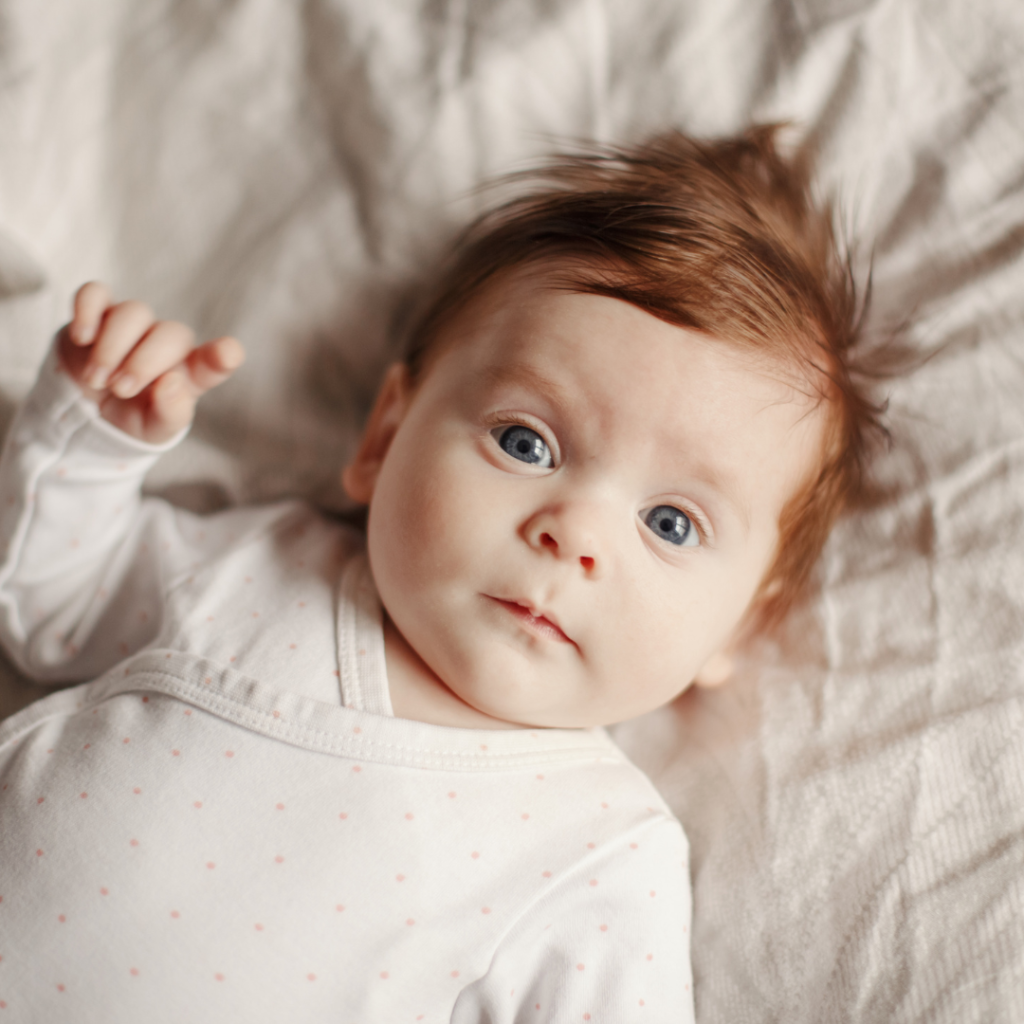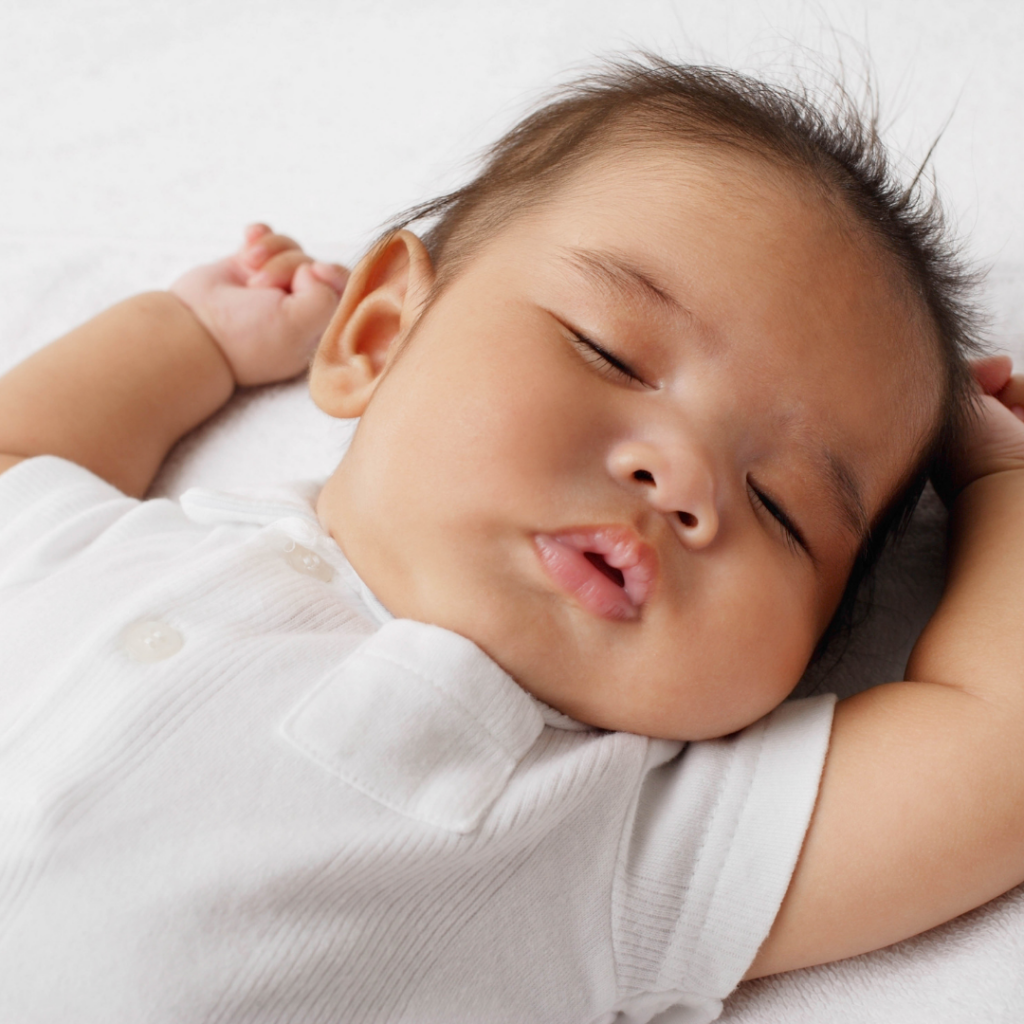Just about every sleep book on the market mentions the word “drowsiness.”
If we’re working with newborns, many books state that the goal is to put your newborn down at the first sign of drowsiness, but still awake. In most cases, that works just fine, but sometimes it doesn’t.
I’m here today to talk about when drowsiness prior to going down for a nap or bed time should be a thing of the past.

Beyond the newborn phase, drowsiness can actually become a loose prop association.
Let’s think about it this way: Sleep is a journey. Going from point A, which would be wide awake, to point B, which is asleep. How you make the journey becomes important.
It’s the journey we need to fix in order for our child to start sleeping well.
The goal is to allow the child to make the journey to sleep independently.
So that when they have a naturally occurring wake-up during the night, they can make the journey back to sleep easily and on their own.
If we help our baby into the journey by getting them drowsy with either rocking or feeding, then often, when they have a naturally occurring wake-up sometime in the night or during a nap, they won’t be able to get back to sleep. They will want you to come back into the room and help them get started on the journey again.
This can become problematic for both baby and parent. For your baby to return to sleep, you will likely need to assist them, at least part of the way. This becomes very frustrating on both sides.
The way to avoid this scenario playing out (over and over!) is to ensure there is no drowsiness happening in your nap or bedtime routines.

So what does drowsiness look like?
Drowsiness can be tricky to read because in some cases. What you would consider drowsiness could actually be the first stage of sleep. So here are some things you want to keep an eye on.
1. Zoning out. If you notice your baby looking off into space, this can be a sign of drowsiness. The best way to avoid it is to talk to your baby, tickle your baby, or remove your baby from the nipple or the bottle before resuming feeding again.
2. Heavy blinking. Make sure your baby’s eyes look alert and are not blinking heavily. This can be a sign of drowsiness. The best thing to do to avoid this is to talk to your baby, sing to your baby, or give your baby a little tickle to keep them alert
3. Closing eyes for several minutes at a time. Typical on a feed prior to sleep. You want to make sure that your baby’s eyes stay alert and open through the entire feed. Better still, move that feed earlier.
The goal is to make sure the baby remains alert and wide awake through the entire bedtime routine and goes into the cot ready to start the sleep journey from point A.
Note: If your baby is on the right schedule, and an independent sleeper, you shouldn’t see this drowsiness at all. No attempts are needed to keep bub from nodding off. All this nodding off happens naturally and independently, once bub is in the cot for sleep.
If however your baby is used to you being part of their journey to sleep, then that drowsiness will definitely present itself.
If you suddenly try to stop the drowsiness from happening, you might notice that your baby does a little bit more protesting all of a sudden.
This is a sign that your baby was relying on you to help them find sleep.
The good news is that within a couple of nights, the baby will be able to make the journey independently and often start sleeping all the way through the night peacefully as a result. Yep. If you allow them to practice this journey from A to B themselves magic can happen.
This is where I recommend you reach out for some help should you feel you could do with some support to make this happen.


